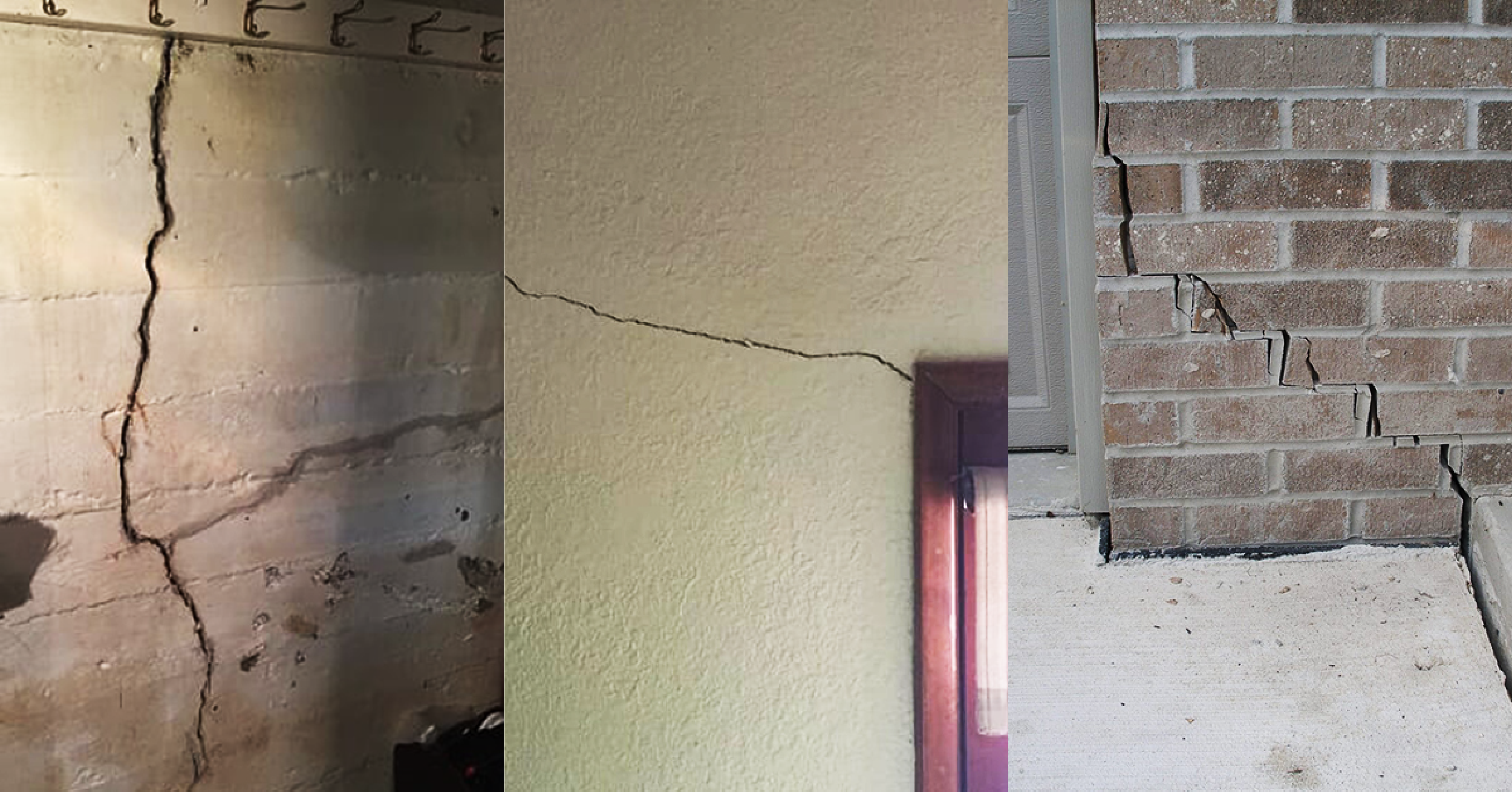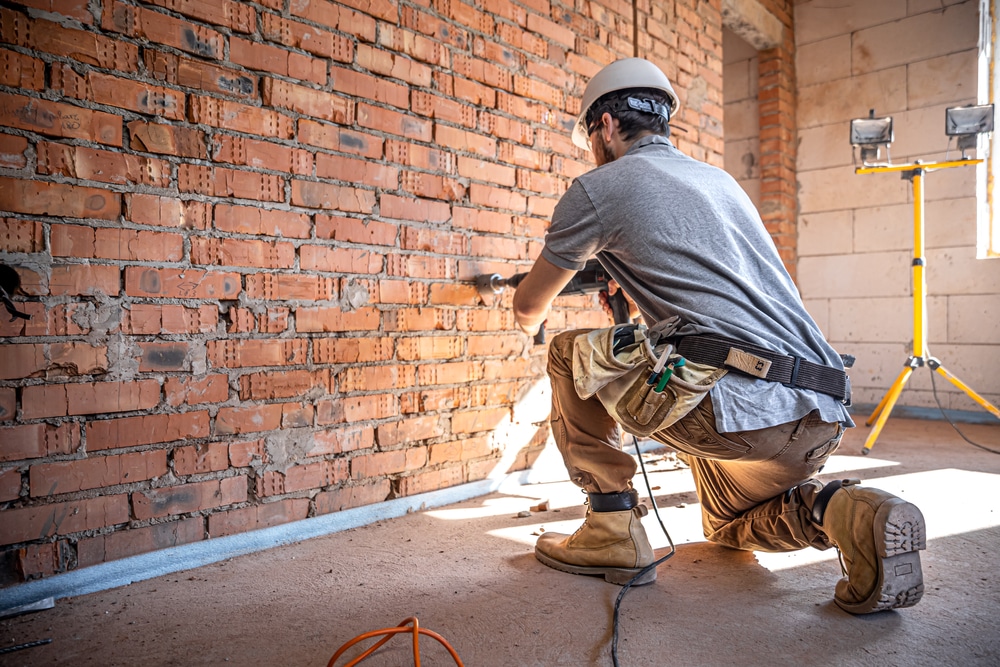Foundation Repair Oklahoma City OK: Tips for Discovering the Right Professionals
Foundation Repair Oklahoma City OK: Tips for Discovering the Right Professionals
Blog Article
Exploring Various Techniques of Foundation Fixing for Different Dirt Kinds
Foundation repair work is a critical element of maintaining structural integrity, especially when considering the varied challenges posed by various dirt types. The intricacy of soil behavior under differing conditions necessitates a customized approach to repair, guaranteeing optimum solutions such as helical piers for unpredictable dirts or chemical cements for natural layers. Nevertheless, the question continues to be: just how do we identify the most reliable method for each special circumstance? Recognizing the interaction between soil features and repair work strategies is crucial, yet there is even more to reveal in the mission for lasting remedies. What variables really determine the option of technique?
Comprehending Dirt Kinds
Soil types play an important role in the stability and durability of building structures, making it vital for property owners and building and construction experts to understand their characteristics and actions. The interaction in between soil and foundation can figure out the structural honesty of a building. There are a number of soil kinds, each with distinctive physical properties that impact exactly how structures are made and maintained.
Granular dirts, such as sand and gravel, give excellent water drainage and are frequently taken into consideration steady. In contrast, cohesive dirts like silts and clays display different behaviors.
Rocky dirts, recognized for their stamina and stability, offer outstanding assistance for structures yet may need customized tools for excavation. On the other hand, loamy dirts, which are a balanced mixture of silt, sand, and clay, typically give favorable problems for foundation assistance due to their moderate drainage properties.

Recognizing these dirt types is critical for selecting suitable foundation repair work techniques, making certain the durability and security of structures gradually.
Challenges With Expansive Clay
Amongst the different soil types, large clay provides distinct obstacles for foundation stability as a result of its propensity to go through significant volume changes with wetness variant. This sort of dirt swells when damp and contracts when dry, which can put in substantial pressure on frameworks. These fluctuations can result in structure splitting, heaving, and settlement issues, posturing substantial risks to the structural integrity of buildings.
The difficulties with expansive clay are aggravated by its plasticity index, which measures the soil's ability to change form and volume. A high plasticity index suggests greater potential for activity, raising the probability of damage to structures. This is especially bothersome in areas experiencing extreme or frequent climate adjustments, where cycles of wet and completely dry problems prevail.
Furthermore, the deepness of extensive clay layers can vary, making complex the assessment and planning of suitable foundation repair work approaches. These complexities require an extensive geotechnical analysis to make sure reliable foundation repair work strategies are carried out, stressing the importance of attending to expansive clay difficulties with know-how and treatment.
Solutions for Sandy Soils
Sandy soils, defined by their large bit size and low communication, existing distinct challenges for foundation stability because of their propensity for shifting and disintegration. These buildings require specialized foundation repair service strategies to make sure architectural integrity. One reliable remedy is using deep foundation systems such as helical piers or driven stacks. By securing the structure to much deeper, more stable soil layers, these systems can offer the essential support to neutralize the moving nature of sandy dirts.
One more advised method is the application of soil stabilization methods. Chemical grouting, for example, involves injecting a supporting representative into the dirt, which boosts communication and decreases permeability. This process aids to strengthen the sandy substrate, thus decreasing the risk of disintegration and movement.
Additionally, installing correct drain systems is crucial in sandy dirt conditions. Ensuring ample drainage can stop water buildup around the structure, which commonly worsens disintegration and soil variation. Strategies such as French drains pipes or surface area grading can be used to direct water far from the building border.
Resolving Settling in Loamy Soils
Loamy soils, recognized for their well balanced mix of sand, silt, and clay, use a fertile base for lots of structures however can occasionally cause foundation settling due to their unique structure. This well balanced structure provides exceptional drain and nutrient retention, making it suitable for agriculture and landscaping. However, this same characteristic can become bothersome for foundations, as shifts in wetness web content can cause the soil to broaden or contract, resulting in clearing up.
Precise dirt testing is vital to determine the particular composition and wetness material of the loam. As soon as data is gathered, executing correct drain remedies is crucial to maintain constant wetness degrees, consequently lowering the threat of soil contraction or expansion.

Innovative Repair Strategies
In the realm of foundation repair, innovative techniques are consistently being created to address the complex challenges positioned by numerous dirt conditions. As soil kinds differ considerably in their structural residential properties, conventional techniques might not constantly are adequate. The advent of brand-new technologies in structure repair service supplies a lot more customized remedies, guaranteeing security and longevity.
One remarkable development is making helpful hints use of helical piers, which are specifically effective in expansive or unstable soils (foundation repair oklahoma city ok). These piers are screwed into the ground until they reach a steady layer of dirt, offering strong support for the structure over. This method lessens disruption and is adaptable to various soil kinds, making it a functional remedy
One more cutting-edge strategy is the application of polyurethane foam shot. This method involves infusing high-density polyurethane foam below the foundation to load spaces and stabilize the structure. It is a much less invasive choice to traditional underpinning, offering fast setup with very little disruption to the surrounding location.
In addition, soil stablizing approaches, such as making use of chemical cements, have gained traction. These compounds boost soil strength and decrease permeability, avoiding future moving. Jointly, these ingenious repair work methods provide efficient solutions for the varied challenges positioned by varying dirt problems.
Final Thought

Foundation repair service is an important aspect of preserving structural stability, particularly when considering the diverse obstacles postured by various dirt kinds (foundation repair oklahoma city). The intricacy of soil habits under varying problems requires a customized approach to fix, making certain optimal options such as helical piers for unsteady soils or chemical grouts for cohesive layers. By anchoring the structure to deeper, more stable soil layers, these systems can give the essential support to neutralize the changing nature of sandy dirts
Structure repair service needs careful factor to consider of soil types to guarantee stability and longevity. Chemical grouts boost soil strength and reduce leaks in the structure in natural dirts.
Report this page